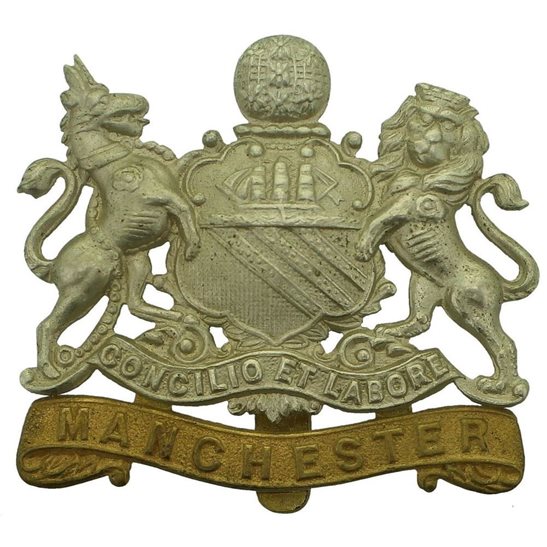Personal Details
Born: 13 April 1876 and baptised in St Alkmund`s Parish Church, Whitchurch, Shropshire on 7 May 1876.
Family: Harry was the eldest of 5 children born to Edmund Bamforth, a platform inspector, and his wife, Hannah Frances. He married Edith Mary Clay in Whitchurch in 1906 and the following year their daughter Mary was born.
Residence: In 1881 Harry was living in St. Mary`s Street, Whitchurch, Shropshire. By 1891 the family had moved to the Lamb Inn, Bargates, Whitchurch where the father was the Licenced Victualler. According to both the 1901 and 1911 Censuses Harry was still living at The Lamb Inn. On the 1939 Register his address was 8, Church Street, Wenlock, Shropshire. At the time of his death in 1940 he was living at East Lynne, Madeley, Shropshire
Employment: On both the 1901 and 1911 Census Henry is described as an Innkeeper. By the time of the 1939 Register he was described as a retired landlord.
Died: 2 January 1940 in Madeley, Shropshire.
Military Details
Regiment: Manchester Regiment
Rank: Private
Service Number: 400582
Date of Enlistment: 10 December 1915
Date of Discharge: 7 October 1919
Reason for Discharge: Not known
Henry was awarded the Campaign Medals (British War Medal, and Victory Medal) and the Silver War Badge.

The British War Medal (also known as 'Squeak') was a silver or bronze medal awarded to officers and men of the British and Imperial Forces who either entered a theatre of war or entered service overseas between 5th August 1914 and 11th November 1918 inclusive. This was later extended to services in Russia, Siberia and some other areas in 1919 and 1920. Approximately 6.5 million British War Medals were issued. Approximately 6.4 million of these were the silver versions of this medal. Around 110,000 of a bronze version were issued mainly to Chinese, Maltese and Indian Labour Corps. The front (obv or obverse) of the medal depicts the head of George V. The recipient's service number, rank, name and unit was impressed on the rim.
The Allied Victory Medal (also known as 'Wilfred') was issued by each of the allies. It was decided that each of the allies should each issue their own bronze victory medal with a similar design, similar equivalent wording and identical ribbon. The British medal was designed by W. McMillan. The front depicts a winged classical figure representing victory. Approximately 5.7 million victory medals were issued. Interestingly, eligibility for this medal was more restrictive and not everyone who received the British War Medal ('Squeak') also received the Victory Medal ('Wilfred'). However, in general, all recipients of 'Wilfred' also received 'Squeak' and all recipients of The 1914 Star or The 1914/1915 Star (also known as 'Pip') also received both 'Squeak' and 'Wilfred'. The recipient's service number, rank, name and unit was impressed on the rim.

The Silver War Badge was issued in the United Kingdom and the British Empire to service personnel who had been honourably discharged due to wounds or sickness from military service in World War I. The badge, sometimes known as the "Discharge Badge", the "Wound Badge" or "Services Rendered Badge", was first issued in September 1916, along with an official certificate of entitlement.

